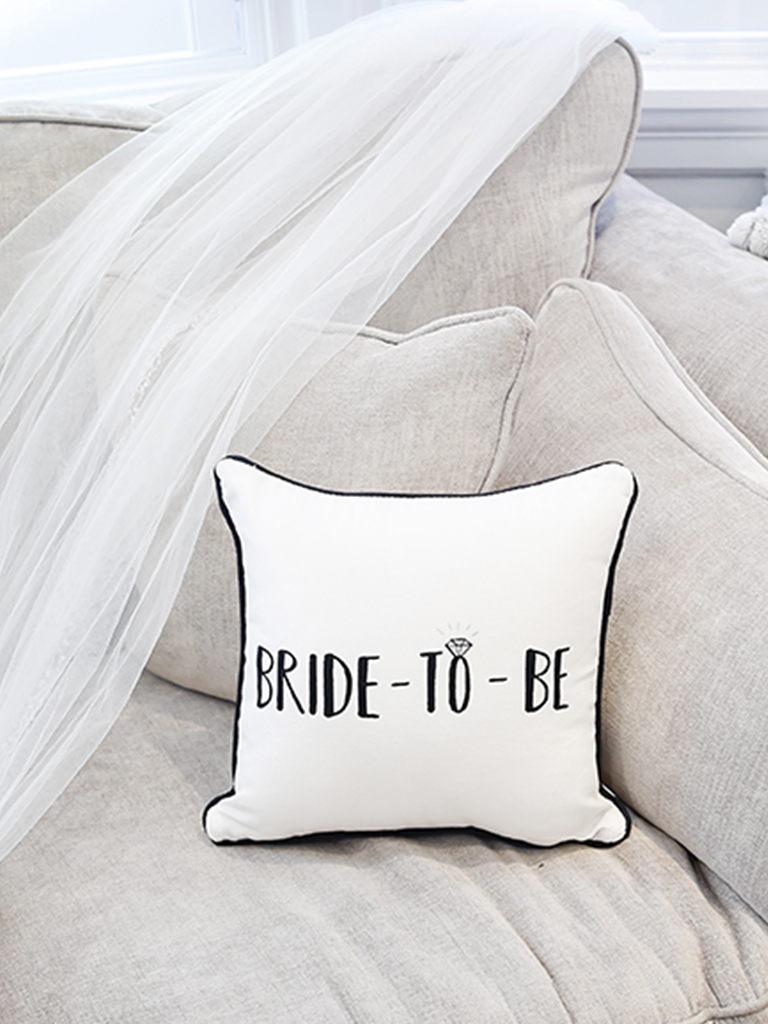
Ask the expert with Rachel Scott Couture: when satin isn’t silk, and silk isn’t satin
In her first column for Your Scottish Wedding our guest columnist Rachel of Rachel Scott Couture took us through the different silhouettes of wedding dresses.
This time she’s turning her attention to the myriad of fabrics used to construct your dream dress and give you some background knowledge.
Rachel tells us everything you need to know here…

Fabrics and fibres
“So fabrics and fibres are most definitely my thing – from the smoothest satins, the warmest cottons, the most textured wools to the drape-iest (and I’m officially declaring that a real word!) silk chiffons and the structured form of a zibeline.
“I am in my very happy place surrounded by the finest in fabrics, the finest in fibres and the ultimate in unique textures.
“However, the chances are that rather than being as (overly) excited as me, you’re far more likely to be quite daunted and confused by the amazing array of fabric descriptions you’ll hear during your wedding dress search.
“We’re all quite rightly paying much more attention to what our clothes are made from, where and by whom and if I’m able to help add a little background understanding around fabrics and what questions to perhaps ask, then all for the good, I reckon!

“So let’s start with one of the most wonderfully ingrained classic bridal myths there is – that silk is satin and satin is silk.
“Let’s put this one to bed straight away – silk is not satin and satin is not silk. (Although technically it can be both but it can also be neither.)
“Clear as gorgeous mud?! Ok… let’s break it down in to two main areas – FABRICS and FIBRES.
“FIBRES describe what the fabric is made from.
“FABRICS describe the methods used to hold those fibres together.
“Pure and simply put – Silk is a fibre. Satin is a fabric. Make sense?
“Think about a chef making a lasagne – the final dish is the lasagne (that’s the fabric – the satin) and it’s constructed from a variety of ingredients (the fibres – the silk.)
“It might be that there’s just one ingredient used or perhaps there are several ingredients but either way the principle is the same.
“Fibres are the ingredients used to make the fabric from – wool, cotton, acetate, nylon, linen and, most often heard in bridal circles, silk and polyester.
“Silk is a natural fibre produced by silk worms as they make their cocoon – it’s super fine, super soft and gives a wonderfully lustrous sheen.
“Then the fabrics of course – satin, mikado, pique, lace – whether knitted or woven, they are all terms that refer to how the fibres are held together.
“Satin is a type of woven fabric construction designed in a way to give the ultimate in smooth finishes, reflect light to the maximum and therefore produce an ultra-shine.
Something special
“Historically satin was an expensive fabric construction to produce, and silk fibres were rare therefore had the same high cost implications, hence why the combination was such a winner for wedding dresses.
“On the one day you want to wear the very best dress you possibly can – it was the unquestionable go-to high-end fabric and fibre choice combination.
“As technologies develop, new fibres discovered and consumer choice or personal preferences change then so have the options available, especially in recent years with the development of some vastly improved higher quality artificially produced fibres.
“Not to mention the newly growing offering of vegan alternatives to silk that were not previously viable, including peace silk or even eco-friendly rose petal cellulose amongst others.
“The choices are endless and you need to make sure to choose the best fabric for your wedding dress and the right fibre choice for you personally.
“At Rachel Scott Couture, we’re renowned for working with the very best designers and offering the very best in fabrics, (including the very best quality silks AND satins!)
“We recognise how important it is to prioritise using the right fabric for the right result, whether it’s a silk or a satin (or both!), or even something entirely different (we’ve got fabrics constructed from orange pulp fibres and recycled plastic bottles but that’s whole other blog post!)
“Choose the fabric that’s right for you as an individual and that does the best job for the dress look and feel you’re after, whatever that fabric ends up being.

orange fibre cellulose vegan alternative to silk
The best option for you
“So, back to our debate on silk versus satin.
“You can absolutely have silk satin but remember you can also have polyester satin, you can even technically have wool satin if you fancied!?
“And silk – well that can be used to make satin, yes, but also crepe, Mikado or anything else you fancy. (Although possibly best not to be added to actual lasagne…)
“Perhaps you’re going for a silk satin but with some lycra fibres running through with the silk?
“That lycra fibre addition will ensure you get a gorgeous combination of the lustre of silk and the satin but also a form fitting stretch silhouette too.

“Or maybe it’s a polyester satin to ensure the ultimate in unified regularity that you can achieve with a synthetic fibre, while avoiding the sheen and element of natural irregularity that you get with a silk?
“Or a duchess satin – again, so often assumed to be silk but absolutely not necessarily so.
“The ‘duchess’ part essentially means it’s a wonderful thick satin construction, whether polyester or silk, it’s going to have a much heavier weight.
“Or a slipper satin (one for the slinky evening glam fans there!) – lightweight, smooth and ultra ‘slippy’, glides over the body for a glamorous look.
“It can be silk, can be polyester, although I must admit to being a real fan of the silk slipper satin on this one particularly though.

“So if it’s important to you to know whether your satin is made of silk, polyester or neither (or both!) then ask – we’ll love to chat through it!
“Otherwise if it’s not important then that’s fine too, just know that you’re not limited either way – you have options to get your dress totally perfect for you.”




